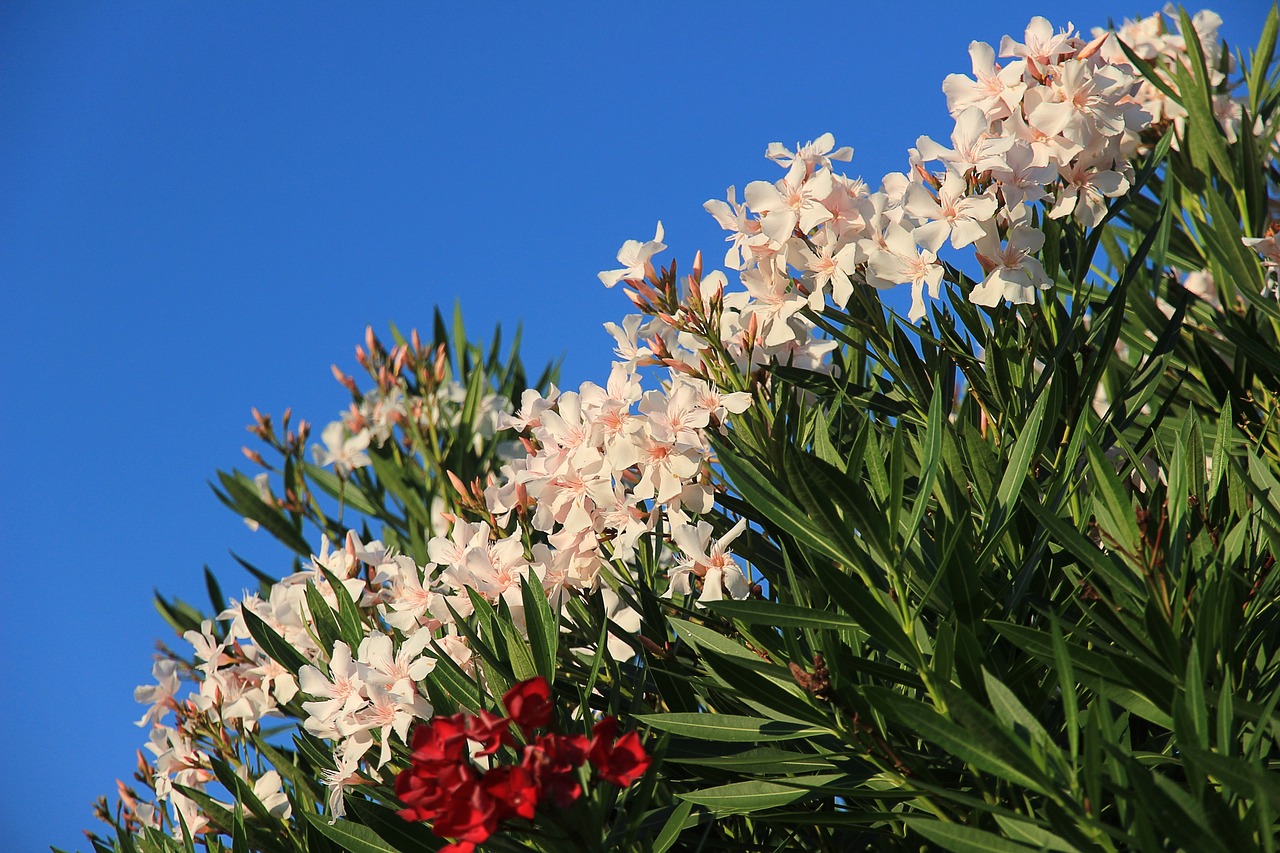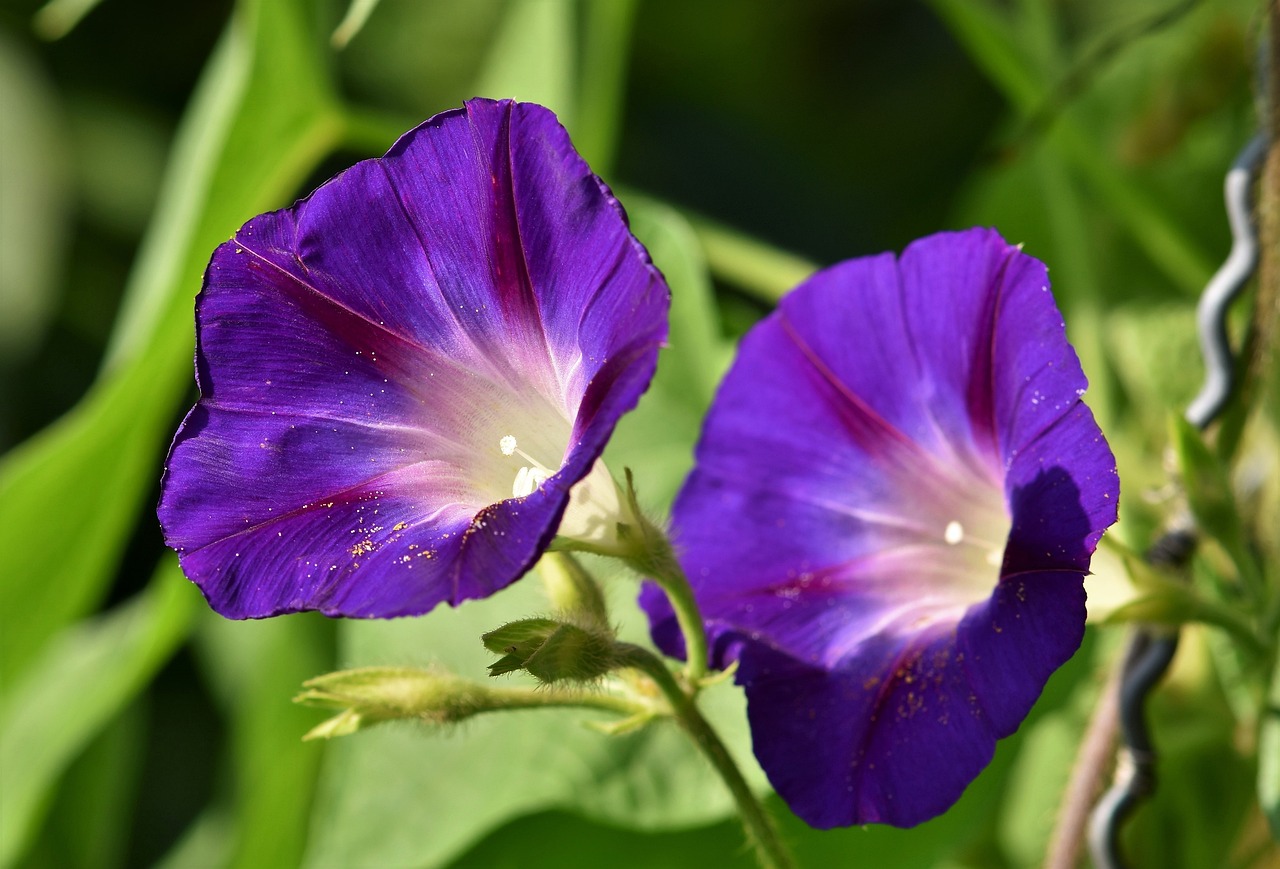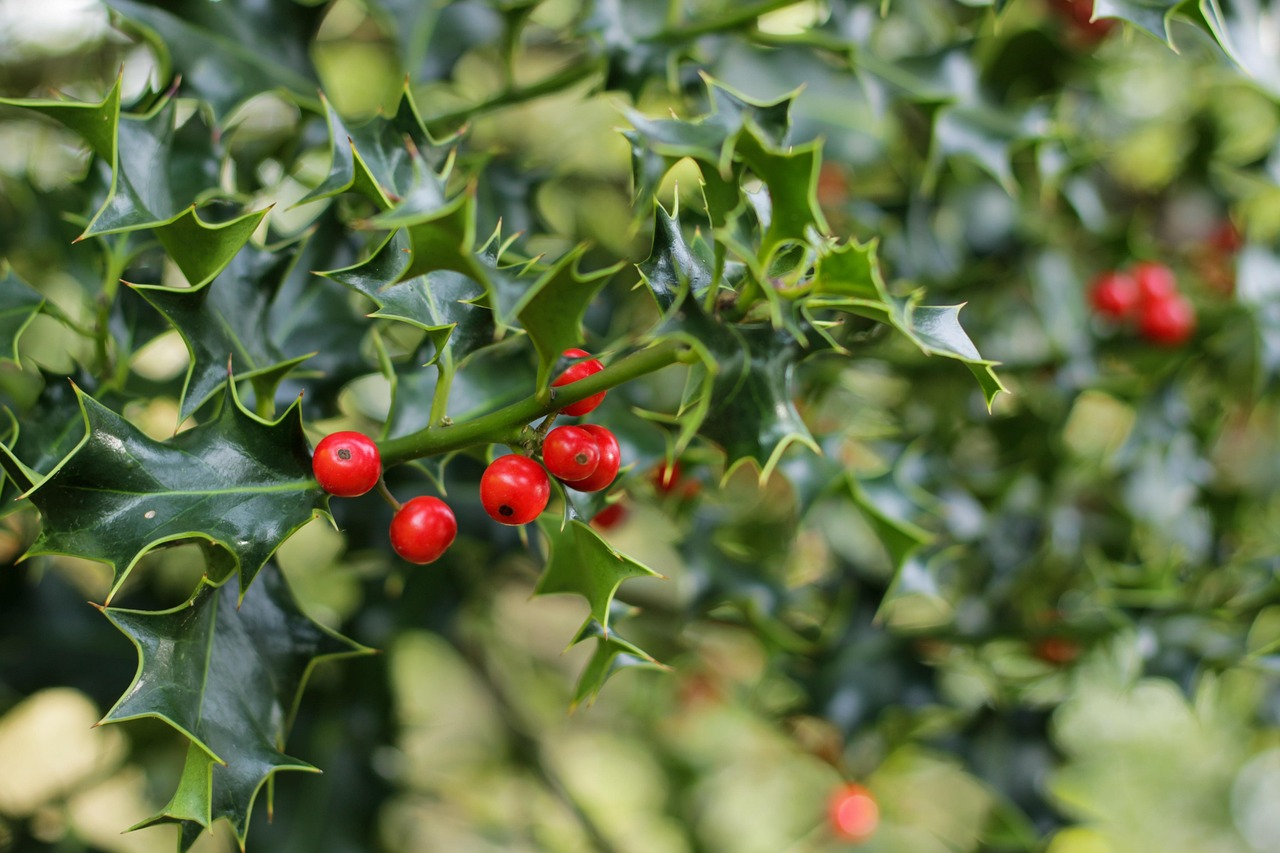Have you ever watched a bright cardinal or a curious chickadee fluttering through your yard, only to wonder if your garden is really a safe haven? What if the very plants you lovingly nurture could turn your backyard into a danger zone for these beautiful creatures? Sometimes, the most innocent-looking greenery hides a shocking secret: toxic chemicals that can harm or even kill the birds we treasure. Let’s pull back the curtain and reveal the plants that might be putting your feathered visitors at risk.
Oleander

Oleander is an evergreen shrub known for its lush, colorful blossoms, but behind its beauty lies a deadly punch. Every part of this plant, from its flowers to its leaves, contains potent cardiac glycosides that can quickly disrupt a bird’s heart rhythm. Even a small nibble can cause tremors, difficulty breathing, and sudden death in birds, especially smaller species like finches and sparrows. The bitter taste doesn’t always deter curious birds, especially young or inexperienced ones. If you have oleander in your garden, be aware that fallen leaves and petals can also contaminate bird baths or feeders. It’s wise to keep this plant far away from any bird-friendly zones. Think of oleander as a wolf in sheep’s clothing—beautiful, but lurking with danger.
Yew
Yew shrubs are a popular choice for hedges and foundation plantings, but they’re a hidden hazard for birds. The entire plant, especially the bright red berries (technically called arils), contains toxic alkaloids that can cause immediate cardiac arrest. Birds attracted to the berries may eat them, not realizing the risk. Yew poisoning can be swift and silent, sometimes killing birds before they even realize something’s wrong. Many homeowners don’t realize that trimmed yew branches left on the ground can be just as dangerous. If you want a truly bird-friendly backyard, consider replacing yew with a safer evergreen alternative.
Foxglove
Foxglove’s dramatic spires of bell-shaped flowers create a fairy-tale setting, but they’re anything but magical for birds. This plant is loaded with digitalis, a compound that can cause severe heart problems if ingested. Birds, especially those that forage on the ground like robins or sparrows, can accidentally peck at fallen flowers or leaves. Symptoms in birds can range from vomiting and diarrhea to heart failure, often with little warning. Even dried foxglove leaves retain their toxicity, making garden cleanup essential. Foxglove is a perfect example of how “pretty” and “safe” don’t always go hand in hand.
Holly
Those shiny, spiky holly leaves and bright red berries are a classic winter sight, but they’re also a deceptive treat for backyard birds. While some larger animals can tolerate the berries, they can be toxic to smaller birds, causing vomiting, diarrhea, and general distress. The berries’ attractive color can lure birds in, especially during food-scarce winters. Birds desperate for a snack might ignore their instincts and eat something harmful. Holly is often used for holiday decorations, but if you want to protect your feathered friends, keep it out of reach.
Morning Glory

The cheerful blue and purple blooms of morning glories can brighten any fence or trellis, but their seeds hide a dangerous secret. Morning glory seeds contain chemicals related to LSD, which can be highly toxic to birds, causing disorientation, muscle tremors, and sometimes death. The seeds are small and can be easily overlooked, making them a subtle threat. Birds that forage for seeds may accidentally eat morning glory seeds, especially if they’ve fallen onto the ground. If you love morning glories, be extra careful about seed pods dropping where birds feed.
Rhododendron and Azalea
Rhododendrons and azaleas are springtime favorites, but their leaves and flowers contain grayanotoxins, which are extremely harmful to birds. Ingesting even a small amount can cause confusion, weakness, and potentially fatal heart problems in backyard birds. These plants are especially risky in regions where native birds are unaccustomed to their presence. Fallen blooms can be just as toxic as fresh ones, so regular garden maintenance is crucial. While they look stunning, rhododendrons and azaleas can turn a bird-friendly yard into a perilous place.
Cherry Laurel
Cherry laurel’s glossy leaves and sweet-smelling flowers make it a popular ornamental shrub, but it’s packed with cyanogenic glycosides. When birds peck at leaves or unripe berries, these compounds can turn into cyanide in their bodies—a fast-acting poison. Cyanide poisoning can cause rapid breathing, weakness, and sudden collapse in birds. Even wilted leaves remain toxic, which means pruning debris can be just as dangerous as the living plant. If you’re aiming for a safe haven for birds, cherry laurel is a shrub to avoid.
Buttercup
You might think buttercups are harmless, with their simple yellow flowers dotting the lawn, but these little plants contain ranunculin, which turns into a potent toxin when the plant is chewed or crushed. Birds that forage on the ground, like sparrows or doves, can be exposed as they pick through grass for seeds. The toxin can cause blistering in the mouth, digestive upset, and even convulsions in sensitive birds. Buttercups are a surprise culprit—proof that sometimes the smallest plants can cause the biggest problems.
Mistletoe

Mistletoe is famous for stealing kisses during the holidays, but it’s nothing to celebrate when it comes to bird safety. Both the leaves and berries contain viscotoxin and phoratoxin, which can cause digestive distress, difficulty breathing, and heart issues in birds. The white berries are especially tempting to birds looking for winter food sources. Mistletoe grows high in trees, so fallen berries or leaves can end up right where birds forage. If you find mistletoe in your trees, it’s best to remove it before it becomes a hazard.
Castor Bean
Castor bean plants are grown for their dramatic foliage and spiky seed pods, but they’re among the most dangerous plants for backyard wildlife. The seeds contain ricin, one of the most potent natural toxins known. It takes only a tiny amount of ricin to kill a bird, so even a single seed can be fatal if ingested. Birds that mistake the seeds for food have little chance of recovery. Gardeners should never grow castor bean plants in areas frequented by birds or children.
End of article.
Creating a Bird-Safe Garden Alternative

Now that you know which plants can harm your feathered friends, you’re probably wondering what you can grow instead. The good news is there are tons of gorgeous alternatives that’ll actually attract birds to your yard rather than endanger them. Sunflowers are absolute bird magnets – they’re stunning to look at and provide nutritious seeds that finches, cardinals, and chickadees absolutely go crazy for. Native berry-producing shrubs like elderberry and serviceberry offer both food and shelter, creating a backyard paradise that birds will flock to year after year. Even better, these bird-friendly plants often require less maintenance than their toxic counterparts, so you’ll spend less time worrying and more time enjoying the beautiful wildlife show happening right outside your window. The key is choosing plants that work with nature instead of against it.
